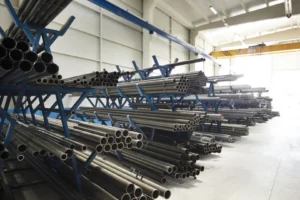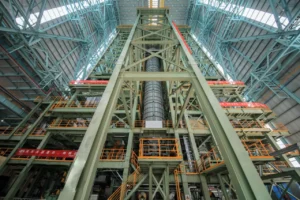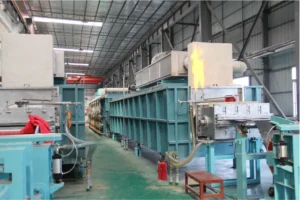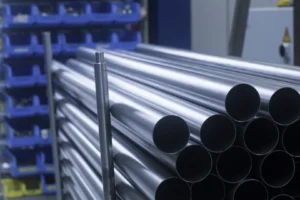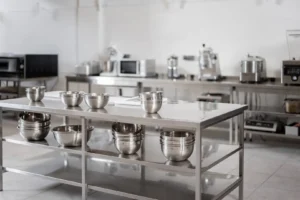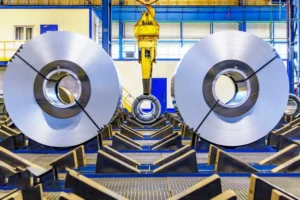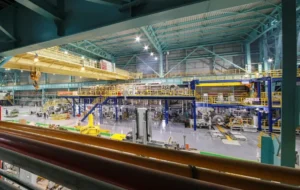Top 10 Export-Ready Stainless Steel Coil & Sheet Products
Struggling to select the right stainless steel for export? The global market is complex and demanding. We've identified the top 10 products to ensure your success and profitability.
The top 10 export-ready stainless steel products include grades like 304, 316L, and 430 in various finishes. These are selected for their high demand in key sectors, compliance with international standards, and versatility across applications in manufacturing, construction, and consumer goods.
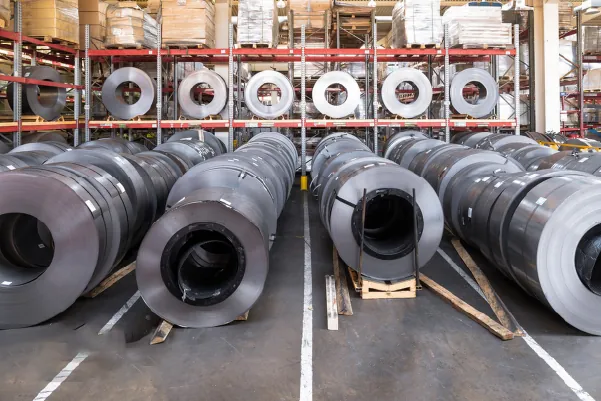
Navigating the global stainless steel market can feel overwhelming. With so many grades, finishes, and international standards, choosing the right product for export is critical. A wrong choice can lead to rejected shipments, project delays, and financial loss. As the Global Business Director at MFY, I've spent years helping partners align their product offerings with the dynamic demands of international trade. It’s not just about the steel itself; it’s about understanding the entire ecosystem, from production quality to supply chain resilience. Let's break down what truly makes a stainless steel product "export-ready" and identify the top contenders that will position you for success.
What are the key features of export-ready stainless steel coil and sheet products?
Are your products overlooked by international buyers? Inferior features can lead to rejection. Export-ready steel must possess specific, verifiable qualities that global markets demand and trust.
Key features include superior corrosion resistance, precise thickness tolerance, excellent formability, and a consistent surface finish. These qualities ensure the material performs reliably in diverse environments and manufacturing processes, meeting global buyer expectations for durability and aesthetics.
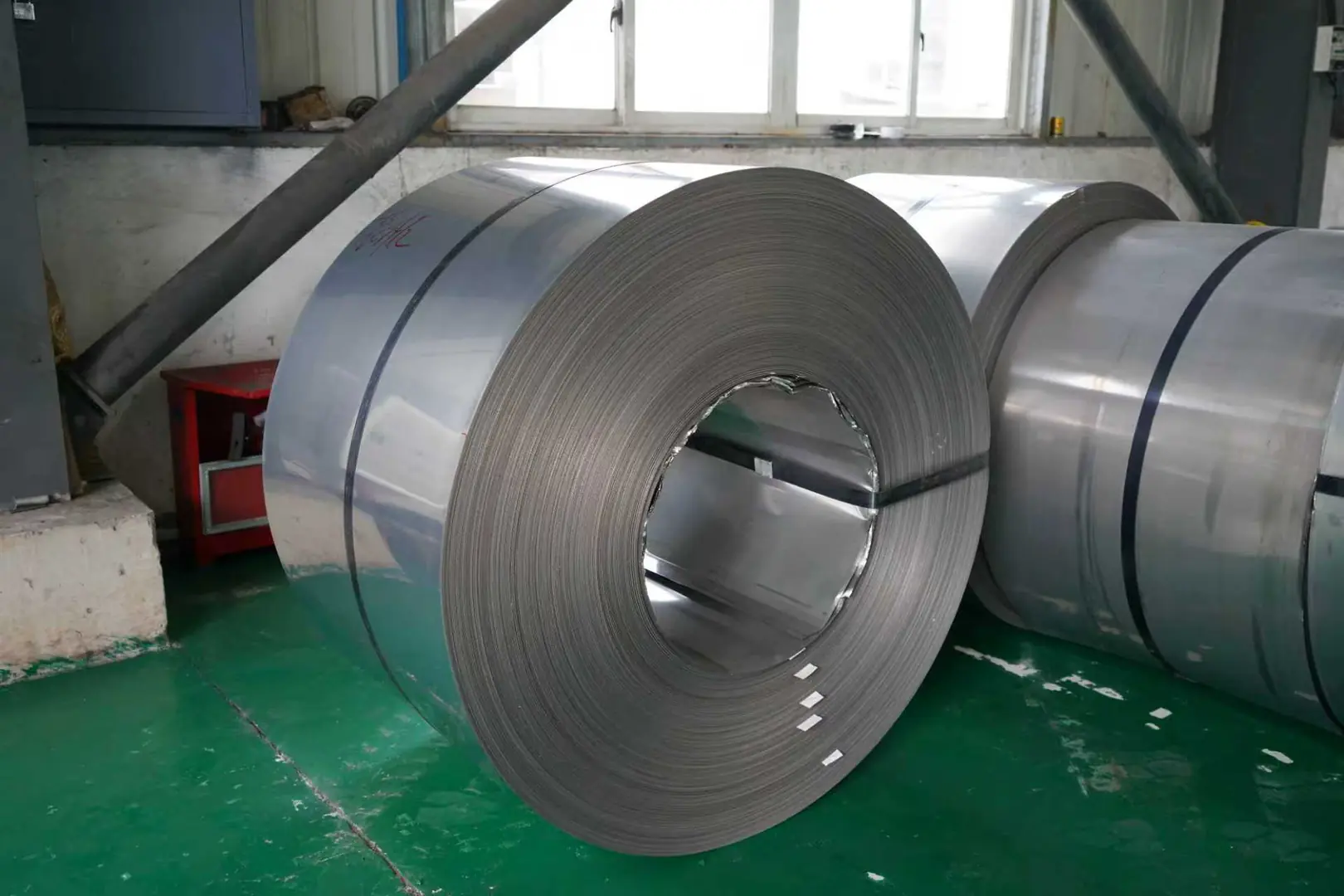
When an engineer in Dubai or a manufacturer in Vietnam specifies a stainless steel grade, they aren't just buying a commodity; they are buying a promise of performance. To be truly export-ready, the product must deliver on that promise without fail. This comes down to a few non-negotiable characteristics that we at MFY prioritize in our supply chain.
Corrosion Resistance and Durability
The primary reason customers choose stainless steel is for its ability to resist rust and corrosion. This is especially critical in markets like Southeast Asia or the Middle East, where high humidity and saline coastal environments are common. An export-ready product must have a verified chemical composition that guarantees its performance. I remember a client in India working on a coastal infrastructure project who was facing massive penalties for potential delays. They needed a reliable supply of 316L sheets with guaranteed molybdenum content. We were able to provide full traceability and certification, securing their project timeline and building a long-term partnership.
Mechanical Properties & Finish
Beyond resisting the elements, the steel must be workable. Excellent formability, weldability, and consistent mechanical strength are crucial for manufacturers. They need to know the material will bend, cut, and join predictably on their production lines. Furthermore, the surface finish—be it a 2B, BA, or No. 4—must be uniform and free of defects. For consumer-facing products like kitchen appliances or architectural panels, the aesthetic quality is just as important as the structural integrity. Precise thickness tolerance ensures that a 1.0mm sheet is actually 1.0mm, which is vital for automated manufacturing processes.
How do these stainless steel products meet international quality standards?
Worried about customs rejection or project disqualification? Non-compliance is a costly risk. Meeting international standards like ASTM and EN is non-negotiable for successful global trade.
These products meet international standards through rigorous quality control, certified material test reports (MTCs), and adherence to specifications like ASTM, EN, and JIS. This guarantees chemical composition, mechanical properties, and dimensional accuracy, ensuring seamless acceptance in global markets.

Compliance isn't just a box to tick; it's the foundation of trust in international trade. When a product from China arrives at a port in Europe or South America, the buyer must have absolute confidence that it meets the required specifications without having to re-test everything themselves. This confidence is built on a transparent and verifiable quality assurance process. At MFY, we see this as a core part of our service.
The Role of Mill Test Certificates (MTCs)
The Mill Test Certificate (MTC)[^1] or Material Test Report (MTR) is the product's passport. It provides a detailed breakdown of the coil's or sheet's chemical analysis and mechanical properties, certified by the producing mill. For our international partners, we ensure every shipment is accompanied by a comprehensive MTC that complies with standards like EN 10204 3.1[^2]. This document proves that the material meets the specifications of international standards such as ASTM A240 for sheet and plate or JIS G4304.
Digital Innovation in Traceability
We are also leveraging digital innovation to enhance this process. By integrating our systems with our production partners, we can provide real-time access to quality data. Imagine being able to scan a QR code on a coil and instantly pull up its MTC and production history. This level of traceability provides unparalleled assurance and helps our clients manage their own quality control processes more efficiently. It's a key part of building a resilient and trustworthy supply chain that can withstand the scrutiny of any regulatory body or demanding end-user.
What is the market demand for these specific stainless steel products?
Unsure which products have the highest export potential? Guesswork leads to unsold inventory. Focusing on high-demand grades ensures your products align with real-world global needs.
Market demand is strong in construction, automotive, home appliances, and industrial equipment, especially in high-growth regions like Southeast Asia, India, and the Middle East. Grades like 304, 316L, 430, and 201 are consistently sought after for their specific properties.

Understanding global demand is about connecting the dots between product characteristics and real-world applications. A product is only valuable if it solves a problem or meets a need in the market. We continuously analyze trade flows, project pipelines, and economic indicators in key regions to anticipate which products will be in highest demand. This allows us to guide our partners and maintain a strategic inventory that is truly export-ready.
High-Growth Sectors and Regions
The growth story is currently centered on developing economies. The massive infrastructure and urbanization projects in India and Southeast Asia are driving huge demand for 300-series stainless steel in construction and transportation. In the Middle East, demand for high-end finishes for architectural applications is strong. Meanwhile, the global manufacturing base for home appliances and consumer electronics, much of it in Asia, creates a steady, high-volume demand for 400-series and cost-effective 200-series grades.
Top 10 Export-Ready Products
Based on this analysis, here is our list of the top 10 products with the highest export potential right now. This isn't just a list of grades; it's a strategic guide for what global buyers are actively sourcing.
| Rank | Grade | Finish | Key Application(s) | Primary Export Markets |
|---|---|---|---|---|
| 1 | 304 | 2B | Kitchen Sinks, Food Processing Equipment | Global (Workhorse Grade) |
| 2 | 316L | 2B | Chemical Tanks, Marine Hardware | Europe, Southeast Asia |
| 3 | 430 | BA/No. 4 | Home Appliances, Automotive Trim | Global |
| 4 | 201 | 2B/BA | Cookware, Indoor Decoration | India, South America |
| 5 | 304 | No. 4 | Architectural Panels, Elevators | Middle East, Europe |
| 6 | 410S | 2B | Automotive Exhaust Systems, Containers | Global |
| 7 | 321 | 2B | High-Temp Industrial Equipment | Niche Industrial Markets |
| 8 | 441 | 2B | Heat Exchangers, Appliance Components | Europe, North America |
| 9 | 304L | 2B | Welded Structures, Construction | Global |
| 10 | 439 | 2B | Automotive Components | Global |
How can manufacturers optimize their production for export markets?
Are production inefficiencies eroding your export profits? Outdated processes can't compete globally. Optimizing production for export requires strategic focus on quality, cost, and agility.
Manufacturers can optimize production by investing in precision machinery for consistent quality, implementing lean manufacturing to reduce waste, and leveraging digital systems for real-time production tracking. This enhances efficiency, lowers costs, and improves supply chain resilience for export demands.
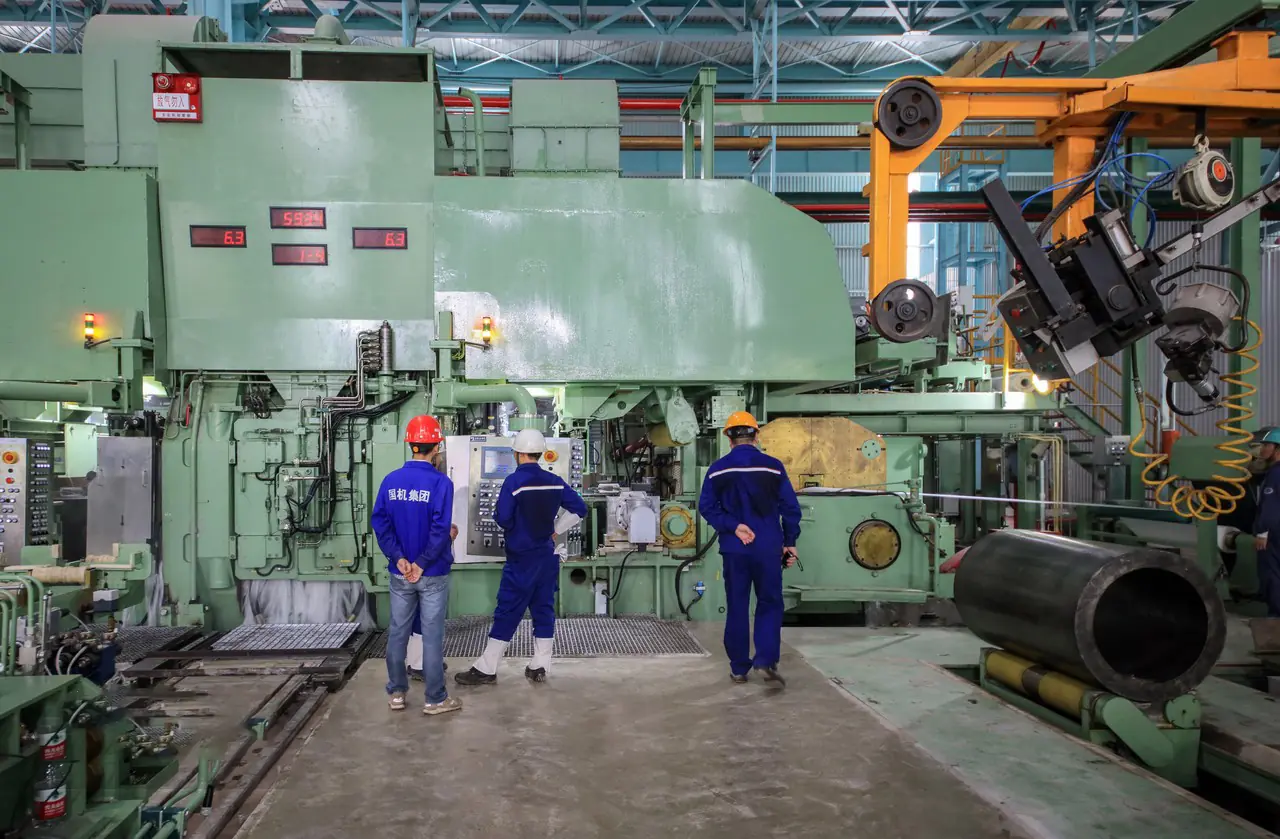
Having the right product list is only half the battle. To win in the export market, production must be highly efficient, consistent, and adaptable. The global market is unforgiving of delays and quality issues. As a partner to many manufacturers, we've seen firsthand how production optimization directly translates into a stronger competitive position on the world stage.
Investing in Technology
Modernizing the production line is essential. This means investing in precision rolling mills that can maintain tight thickness tolerances and advanced annealing and pickling lines that produce a superior, consistent surface finish. Automation and data collection on the factory floor are no longer luxuries; they are necessities. Real-time monitoring helps identify potential quality deviations before they become major problems, reducing the rate of rejection and rework. This not only improves product quality but also lowers production costs, making the final product more competitive.
Building a Resilient Supply Chain
Production doesn't happen in a vacuum. It's part of a larger supply chain. Optimizing for export means building resilience into that chain. This involves diversifying raw material sources to protect against price volatility and geopolitical shifts. It also means having agile production scheduling that can quickly adapt to changing customer orders or shipping logistics. I've worked with factories that can adjust their rolling schedules in a matter of days to accommodate an urgent order for a client in Brazil. That level of flexibility is a powerful competitive advantage that builds incredible customer loyalty.
What recommendations can improve the competitiveness of stainless steel coil and sheet products in global markets?
Is your business just another commodity supplier? It's easy to get lost in a crowded market. True competitiveness comes from strategic differentiation beyond just the product itself.
To improve competitiveness, focus on value-added services like custom cutting and finishing, offer flexible logistics and financing options, and build strong relationships through reliable communication. Digital innovation in customer service and traceability also provides a significant competitive edge.

In today's global market, competing on price alone is a race to the bottom. The most successful exporters understand that they are not just selling steel; they are selling solutions and reliability. At MFY, our entire business model is built on this principle. We aim to be an indispensable partner, not just a supplier.
Beyond Product: The Service Advantage
True differentiation comes from the services you wrap around the product. Can you offer custom-length sheets to reduce your customer's waste? Can you provide cut-to-size coils? What about logistics? I recall a situation with a client in Mexico who needed a just-in-time delivery schedule to feed their automotive parts production line. A vessel delay threatened to shut down their factory. Because of our strong logistics network and agile team, we were able to arrange for partial air freight to bridge the gap, saving them from a costly shutdown. That's a level of service that turns a one-time buyer into a long-term partner.
Embracing Digital Innovation
Finally, the future of competitiveness is digital. This means using technology to create a seamless customer experience. From online portals where clients can track their orders in real-time to providing instant access to all documentation, digital tools build transparency and trust. It's about making it easy for a purchasing manager in Germany to do business with you. At MFY, we see this as a core part of our mission: to use digital innovation to make China's stainless steel supply chain the most accessible, reliable, and efficient in the world.
Conclusion
Success in the global stainless steel market requires more than a good product. It demands a focus on quality, strategic alignment with market demand, production agility, and innovative service. Partnering with a resilient supplier like MFY is key to unlocking your export potential.
Have Questions or Need More Information?
Get in touch with us for personalized assistance and expert advice.
